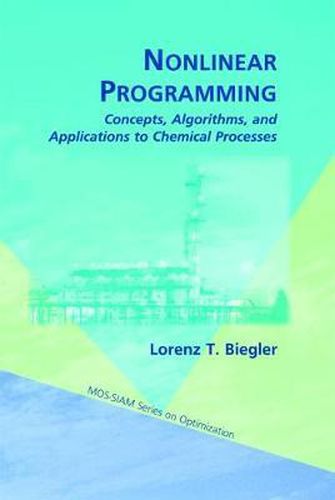Readings Newsletter
Become a Readings Member to make your shopping experience even easier.
Sign in or sign up for free!
You’re not far away from qualifying for FREE standard shipping within Australia
You’ve qualified for FREE standard shipping within Australia
The cart is loading…






This book addresses modern nonlinear programming concepts and algorithms, especially as they apply to challenging applications in chemical process engineering. It relates the material to real-world problem classes in process optimisation, thus bridging the gap between the mathematical material and the practical uses. Nonlinear Programming: Concepts, Algorithms, and Applications to Chemical Processes shows readers which methods are best suited for specific applications, how large-scale problems should be formulated and what features of these problems should be emphasised, and how existing NLP methods can be extended to exploit specific structures of large-scale optimisation models. The book serves a dual function: it will be useful to chemical engineers who wish to understand and use nonlinear programming; it will also be of interest to experts in mathematical optimisation who want to understand process engineering problems and develop better approaches to solving them.
$9.00 standard shipping within Australia
FREE standard shipping within Australia for orders over $100.00
Express & International shipping calculated at checkout
This book addresses modern nonlinear programming concepts and algorithms, especially as they apply to challenging applications in chemical process engineering. It relates the material to real-world problem classes in process optimisation, thus bridging the gap between the mathematical material and the practical uses. Nonlinear Programming: Concepts, Algorithms, and Applications to Chemical Processes shows readers which methods are best suited for specific applications, how large-scale problems should be formulated and what features of these problems should be emphasised, and how existing NLP methods can be extended to exploit specific structures of large-scale optimisation models. The book serves a dual function: it will be useful to chemical engineers who wish to understand and use nonlinear programming; it will also be of interest to experts in mathematical optimisation who want to understand process engineering problems and develop better approaches to solving them.